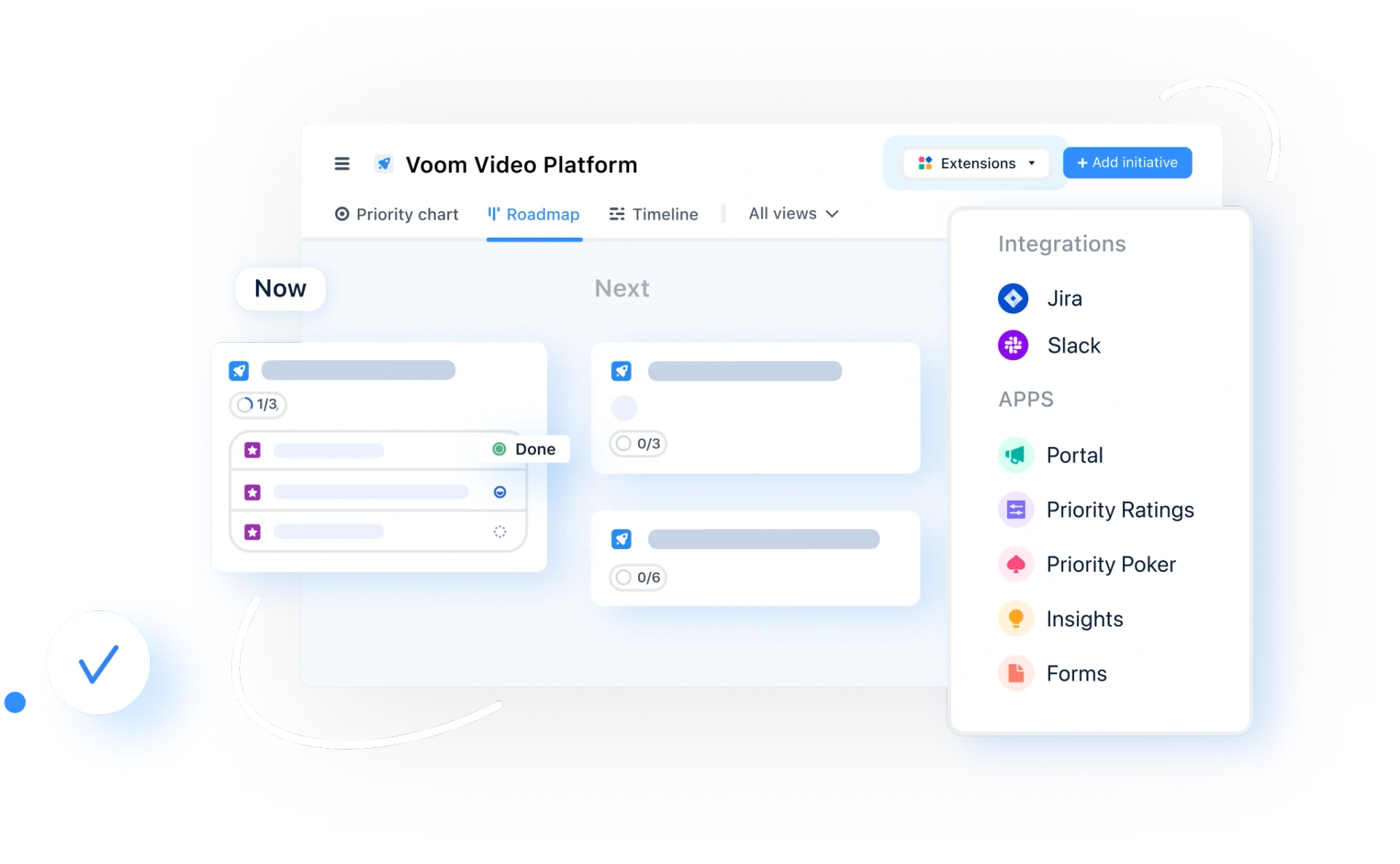“Something to learn, not something to prove”: A PM’s favorite quotes from Jefferson Fisher's book

Within the role of product manager, there’s often a lot of people management too. PMs have to engage various stakeholders, and have conversations with people in all kinds of different areas to move their ideas forward.
The difference between success and failure, particularly for product leaders, often boils down to your people skills. Product advisor and coach Joy Adamson, whose career has spanned digital banking, fintech, and commerce for retail fashion, has found one book a great source of inspiration for this: The Next Conversation by Jefferson Fisher.
It’s a helpful resource for developing your understanding of workplace psychology, and as the subtitle “argue less, talk more” implies, the core learning is that conversations are not to be won. If you approach them in that way, you might just ‘win’ the singular conversation, but lose the relationship.
Jefferson’s practical teachings are both accessible and deeply applicable for product managers navigating complex stakeholder environments. In the book, he offers just as much context as advice, which makes it all the more powerful.
Here, Joy shares her favorite quotes, and why all product leaders can learn from them.
What makes The Next Conversation so useful for product leaders?
While this book speaks to our shared humanity more broadly, there’s so much we can take from it that applies specifically to product managers’ craft. For example, consider the pressure we often put on ourselves, and on single moments.
Stop putting too much pressure on a single conversation. Lower your expectations and build on the mindset of having something to learn, not something to prove.
How do you apply that lesson to different situations?
Building on that “something to learn” idea, having multiple conversations can also develop a bond and strengthen understanding. So if you’re a product manager speaking with a stakeholder, it’s important to thoroughly understand what function they fulfil. There’s no point going in with details of product metrics or user experience metrics they won't grasp. Instead, you need to cater your language and your message to what matters to them – and that’s something you can often only learn through multiple interactions.
Alternatively, let’s say you’re speaking with finance. In that case, it can be helpful to do some projections and find out what concerns are top of mind for them. As PMs, we may not drive revenue directly, but we need to understand how our work impacts revenue and especially the costs we are running for the organization.
Or are you speaking at the C-level to a group that was the founding team, perhaps even the company’s original product managers? You might find that it’s difficult to build trust in that situation, for them to hand over more control over product decisions. It can be an emotional process, and one that’s only going to happen through repeated interactions.
So you need to manage your expectations depending on the other party’s viewpoint and experiences, as well as the data?
Exactly. The common error of focusing on the “single conversation” demonstrates not only the pressure many PMs feel, but also the trap of unrealistic expectations into which we might fall. Many of us walk into a meeting or presentation assuming a first-shot success is the only acceptable outcome. But meetings and presentations are conversations too, and important ones.
Set realistic expectations for the conversation aimed at gaining understanding instead of grabbing for quick (and unrealistic) wins. Support the goal with your values, the rules you'll follow to make sure you show as your authentic self.
By setting realistic expectations like this, you’re not abandoning a product-led mindset, you’re staying open to understanding resistance. You’re showing up curious, not combative. That always helps. And ultimately, lowering expectations helps us connect better with stakeholders in the same way we connect with users.
To me, connection is where you decide to roll up your sleeves and approach the conversation for what it is instead of what you want it to be [...] You can't choose the outcome of a conversation.
This mindset builds bridges. It also protects us from disappointment.
What does the book have to say about more difficult conversations, where your efforts at connection aren’t leading to useful outcomes?
Even when we show up for a conversation with an open mind, we can face strong opposition, sometimes to the point of challenging our values around innovation, autonomy, or how great teams make decisions. And here, Jefferson makes an important distinction:
There comes a point when it's time to stand up for yourself, when push comes to shove and you need to voice your disapproval. Yes, you are still going to show integrity. Yes, you are still going to show respect. But your response should be about showing that you respect yourself enough to speak up and say what is unacceptable to you.
It’s not about silence or self-censorship. It’s about timing, delivery, and knowing at what point you need to—respectfully—stand up for yourself and your values.
And that brings us to another crucial insight: timing. When we ask if now is the right moment to decide, we create space for better judgment and to understand why urgency is perceived differently by others. To use Jefferson’s words again:
By asking if an immediate agreement is necessary, you introduce the possibility of postponing the decision until more information is available or until both of you are more ready to address it. Asking to postpone is a quick way to defuse disagreement by grounding the conversation on what really matters in the moment.
This can go both ways: delaying a decision when your team lacks confidence; or negotiating space to complete discovery before committing.
Could you elaborate on that idea of standing your ground when needed?
The ideas of voicing your disapproval when necessary and actively managing the timing of conversations and decisions lead to one more key concept in The Next Conversation: boundaries. Or as we product managers like to call it, “saying no.” It’s hard when it’s a senior leader asking, but boundaries protect what really matters: focus.
Jefferson notes the vital importance of boundaries and what they can teach us, as in these two quotes:
Your actions and choices define the boundary around the things you value. If you want to know what someone values, look for where the boundary sits.
If your boundary creates discomfort for another person, it's not a sign that the boundary is wrong. It's a sign that it's working.
To summarize, what are the key points you think product leaders can take from this book?
There is a lot that product managers can learn from The Next Conversation. In this piece we’ve explored the downsides of putting too much pressure on one meeting or conversation; building relationships rather than ‘winning’ single conversations; setting realistic expectations; and when to build bridges, define boundaries and stand your ground. But there’s much more to explore in its pages – and it’s well worth doing so.
After all, we spend more time managing communication than roadmaps. So why not master the thing we use the most?
Emma-Lily Pendleton

Read also



Create effective product strategy

Experience the new way of doing product management




